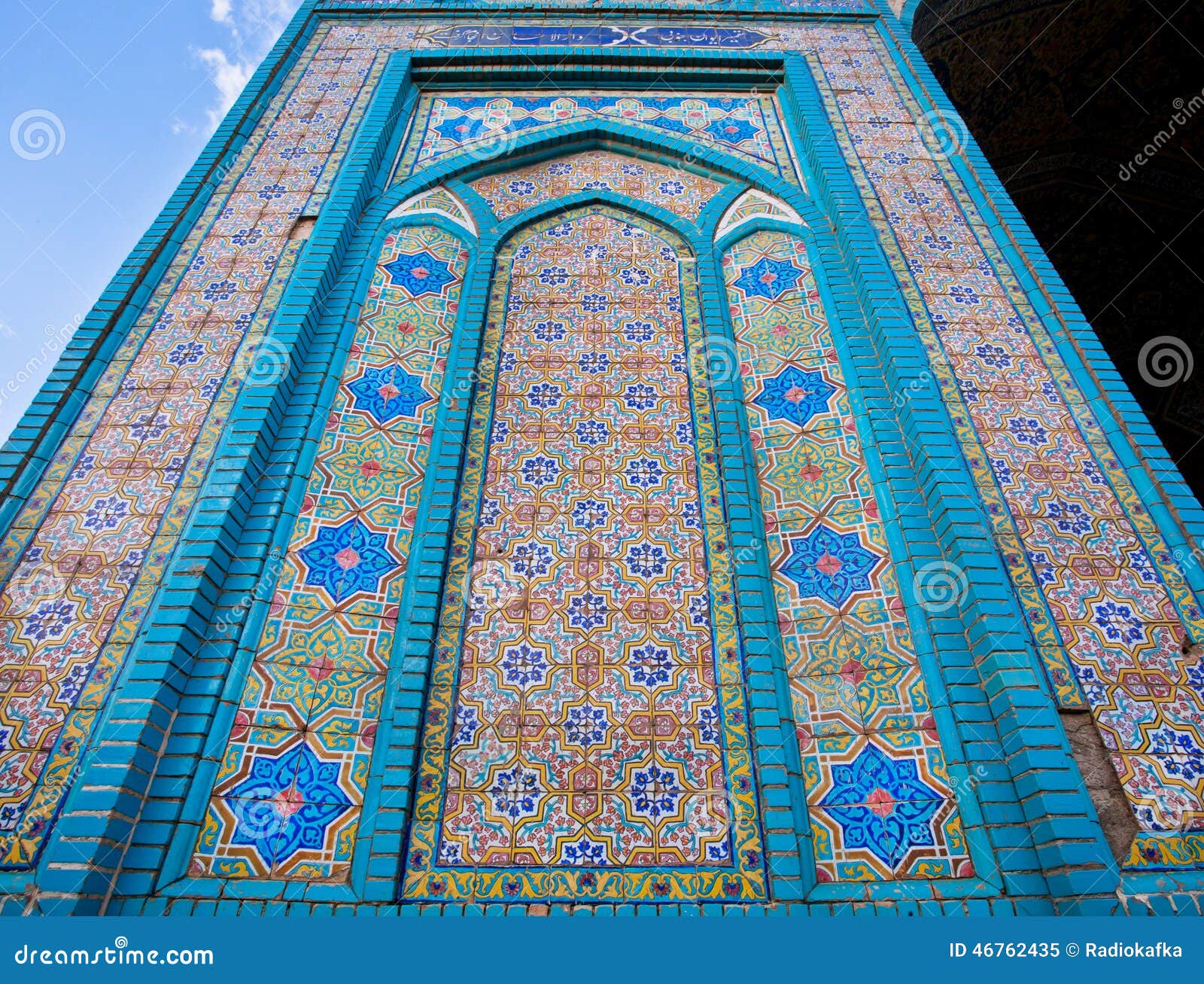There are some
countries that excel in only one or two styles of art, but Iran is not one of
those countries. They are known for utilizing many mediums of art and are
renowned at many of them.
Probably one of the
most iconic styles of art is Persian rugs or Persian carpets. These carpets are
usually quite colorful, using a variety of colored threads. The dyes used in
these rugs tend to come from wildflowers and other natural sources. If you look
closely, the designs used in these rugs resemble those of nature: flowers,
vines, leaves, birds, and other animals. Depending on the region, there are
different colors and patterns and types of weaving. But this art also has its
economic advantage as well: Iran has about two million weavers who make these
rugs to keep up with international demand.
Another famous type
of art comes in a different form: Persian gardens. Partly where the designs for
the Persian rugs come from, these gardens are known for being elaborately
planned out. This style of garden can be seen from Spain to India. These
gardens are where we get the word “paradise” from.
I have always
thought that mosques and Islamic architecture are some of the most eye-pleasing
buildings in the world. Highly built around mathematics, the attention to
detail is exquisite. Even the smallest space and border is engraved in
geometric patterns. Another key architectural aspect is the use of tile. Many
mosques utilize a deep blue tile that is usually a stark contrast against the
desert backdrop. But other tilework is in the form of mosaic designs.
Early Persians were
also skilled in painting. What started as cave drawings dating back 5000 years,
their skills quickly got tons better throughout the centuries. Some historians
believe that painting reached its peak in popularity during the reign of
Tamerlane where new styles of painting were introduced. Kamal ud-Din Behzad was
probably one of the most famous Persian miniature painters (or rather, he was
the most famous painter who painted miniatures. The first way makes it sound
like he’s Stuart Little.). Many of the subjects of paintings were important
historical or religious figures and religious scenes.
As you can probably
judge for yourself, most of the Persian arts involved making things with their
hands. Besides painting perhaps, most of these involve really getting into
their art. Pottery with intricate designs and a variety of different metalwork
techniques were also fairly popular.
As far as world
literature goes, Persian literature stands as one of the oldest. And of all
types of literature the Persians excelled at is poetry. Even from the days
before Islam was introduced to Iran, poetry has held an important role in their
society. Writing in verse was a requirement for any scholar, regardless of which
field they were specializing in. However, there were different styles and
subjects based on location and when it was written. For example, Khorasani
poetry has a very dignified and scholarly tone to it. Sufi poetry (sometimes
called Iraqi poetry) is characterized by a lyrical diction and simplistic word
choices. One of the most famous Sufi poets from this era was Rumi. Many of
these poems and poets had its effect on world literature: Shakespeare was
fascinated with Rumi’s poetry, and Persian poetry has also made its way into
English, Swedish, German, and Italian literature.
Pre-modern
literature wasn’t strictly limited to poetry. There were also many essays,
hagiographies (odes to holy figures), biographies, stories (such as the famous One Thousand and One Nights, or
sometimes called Arabian Nights),
historical works, and even literary criticism that were written during this
time. There were also a number of dictionaries produced during this time as
well.
Starting in the
mid-19th century and into the 20th century, an
intellectual movement began to take hold of the upper crust of academics and
other philosophers. And of course, many literary figures were at the heart of
these movements as well. There were many questions on how much Western
influence on their culture were they going to adapt into Iranian culture. Today,
there are numerous Iranian writers who produce works in a number of categories
such as novels, satirical works, poetry, short stories, and literary criticism.
Iran also has a
very successful film industry. Some critics have ranked Iran among the top
countries for movie exports and one of the most important national cinemas.
Iranian films have won numerous awards at many film festivals around the world,
and there are even a growing number of female film directors and actresses.
Up next: music and
dance

.jpg)






cool
ReplyDelete